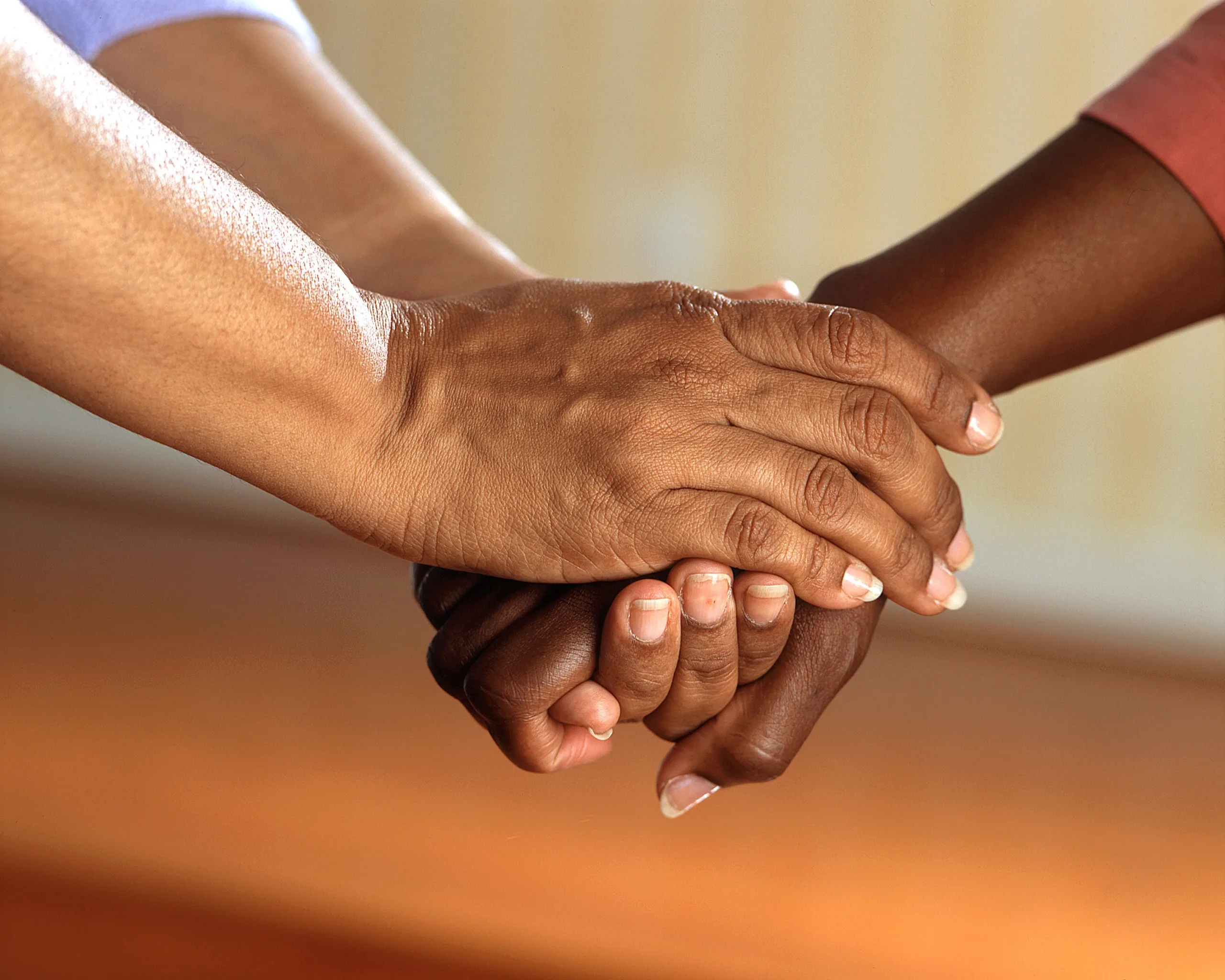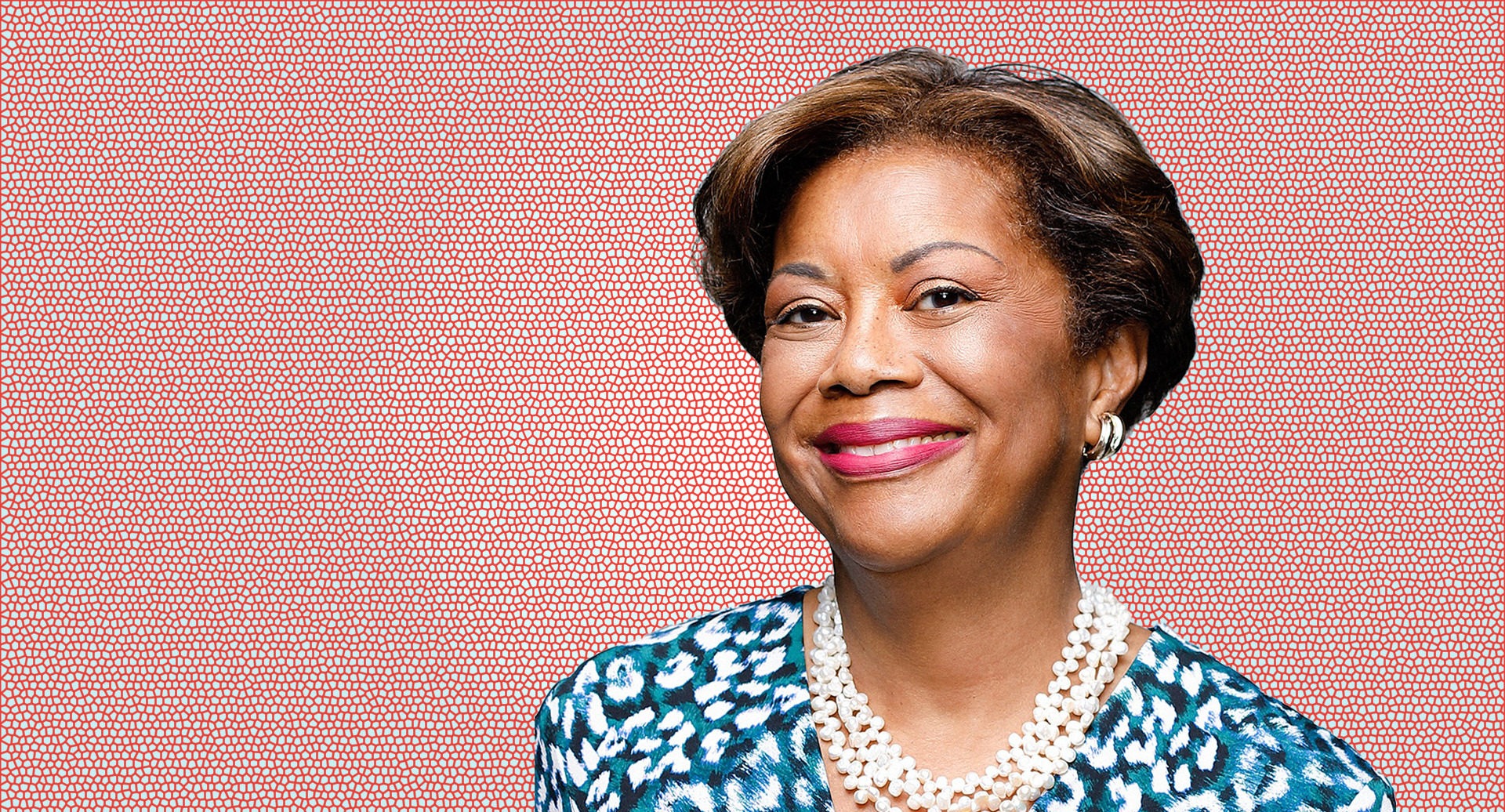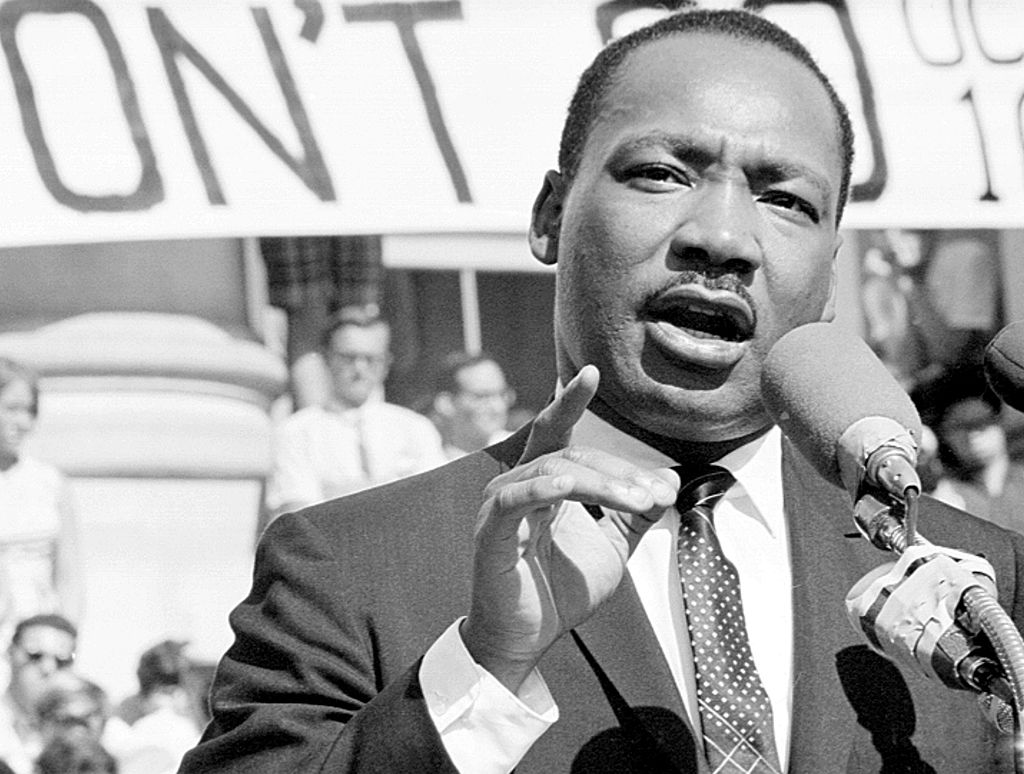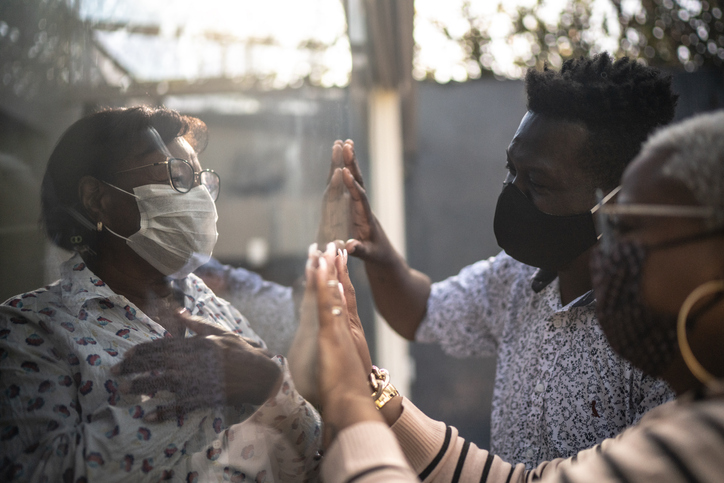In the summer of 2020, America found itself in the throes of a full-blown racial reckoning.
The product of the longstanding history of violence and police killings that the Black community has been disproportionately subjected to, the tensions crescendoed with the murder of the unarmed Minnesota man George Floyd in May. Over the course of the weeks that followed, outraged Americans flocked to the streets around the country to demand accountability and a national acknowledgment of the need for racial justice. The resultant protests were the most widely-attended in U.S. history, with as many as 26 million people estimated to have attended.
But nearly two years later, though the city-wide standoffs with police that once dotted the country have dissipated, many of the questions they raised remain unanswered. How can a country with a history steeped in racism and violence ever hope to redress its sins and create a more safe and equitable social landscape? What will it take for America to heal?
For some, the answer lies in truth and reconciliation — the process by which persistent inequalities are addressed through careful fact-gathering and supervised dialogues that seek to establish an objective version of historical events. Proponents of truth and reconciliation processes believe that confronting and reckoning with the past is necessary in order for successful transitions from conflict and resentment to peace and connectedness to occur. In bringing difficult issues into the light, truth and reconciliation commissions seek to provide a pathway towards healing, usually by rooting out solutions and establishing a set of concrete steps towards rectifying past injustices.
In most cases, these commissions are often established as a way for members of dominant and marginalized communities to come together to publicly acknowledge instances of conflict and pain. They’ve famously been assembled to dissect the legacy of Apartheid in South Africa, and to assess the human rights violations that occurred during Augusto Pinochet’s dictatorial rule of Chile.
In the United States, activists and community organizers have led the calls for the establishment of formalized, government-sponsored truth and reconciliation commissions to examine America’s racialized history of violence and oppression — hopefully catalyzing individuals and organizations alike to the realization of the specific ways they may benefit from the legacy of chattel slavery, segregation, and police violence. But even without formal government backing, there are grassroots groups working tirelessly across America to achieve the goals of truth and reconciliation on a smaller scale, taking a similar model and infusing it with compassion and empathy in the hopes of repairing community fractures and fostering peace at the local level.
One such group is Heal America, an organization that began in earnest in Dallas in 2016 after an explosion of anguished protest in response to the police killings of two black men, Alton Sterling and Philando Castile, threatened to plunge the city into chaos. Much like the 2020 protests that resulted from the murder of George Floyd, Sterling and Castile’s deaths were the impetus for widescale national demonstrations in cities across the U.S. During the protests in Dallas, a lone gunman opened fire on a line of police officers, killing five and injuring 11 others. With conditions in the city threatening to devolve into a full-blown insurrection, local police tapped Bishop Omar Jahwar — a longtime gang interventionist and community leader — to lead the community towards healing.
Jahwar — who died in 2021 after contracting COVID-19 — understood innately that the first step towards brokering peace during a conflict must necessarily include an acknowledgement of the pain being felt on both sides. He invited the grieving loved ones of Alton Sterling to speak onstage at a restaurant on Dallas’s south side, followed by the widows of two of the slain Dallas police officers. The civil rights activists, victims of violence, members of law enforcement and public leaders in attendance all watched as the family members embraced after finding mutual understanding in each other’s pain.
That single event was such a success that Heal America was founded around it in order to further its mission, propped up by the belief that people are not only capable of difficult conversations, but that they can find strength — rather than division — in their differences. In the years that followed, Heal America went national, and has hosted events in cities like Dallas, Atlanta, Jackson, Missississippi, and Los Angeles.
In each city, the movement convenes dedicated local individuals who wield the principles of love and redemption in an effort to address injustice, and then works to support those changemakers by providing funding, networking and storytelling opportunities, and other avenues to bolster healing.
During a recent Heal America tour stop in Pittsburgh, for example, Leon Ford — a 19-year-old who was shot in the back five times by a police officer, leaving him paralyzed from the waist down — convened non-profit leaders, community influencers, the mayor, and local law enforcement for a frank and inspiring conversation about how to shift the city away from focusing on racial divisions and towards collaborations that would tackle some of its most pressing racial injustices head-on.
Rather than turning inwards, focusing on anger and bitterness, Ford focused his energy on fostering constructive engagement — a perfect encapsulation of the Heal America model, and an example of the power modern grassroots truth and reconciliation models hold in shaping communities.
Branden Polk, the director of strategic partnerships at Heal America, told NationSwell that the movement is growing at a pivotal moment for America — one in which many people are feeling fatigued and hopeless by our seemingly deepening political and social divides.
“More than two out of every three Americans recognize racism remains a problem today, but in a climate of increasing polarization and declining social trust, it’s difficult for many people to see a way forward,” he said. “The extremes perpetuate a false choice that we must either deny our country and its values or deny the racial injustices that persist. It’s not the dominant view. But it’s the loudest one.”
The American definition of “justice” is a warped one, focused more on ideas about punitive systems and vengeance than it is on ideas about restoration and healing. But Heal America — and the truth and reconciliation process more broadly — is focused exactly on the place where solutions can help to foment real community change and relief.
“Polarization is rising. Americans’ trust in each other is falling. And it’s making it hard for people to come together on many issues, especially the difficult ones,” Polk said. “Heal America is helping people to come together — offering a way to address racial injustice by focusing on solutions and creating the space for diverse perspectives.”







